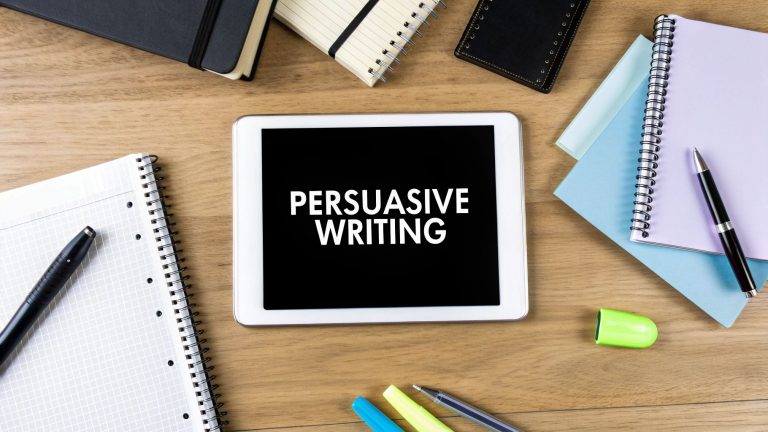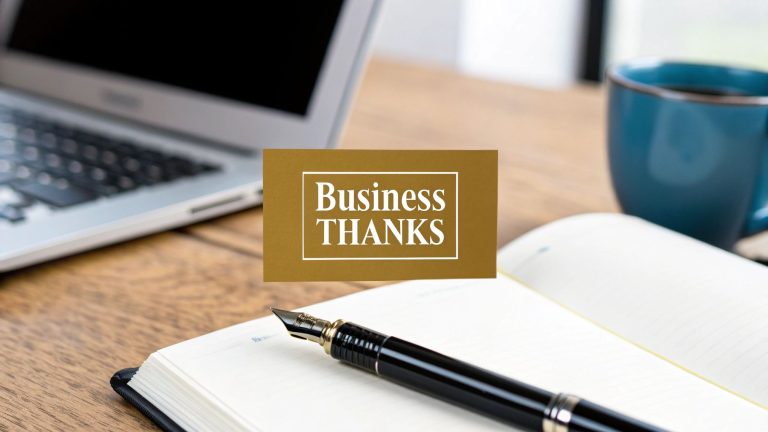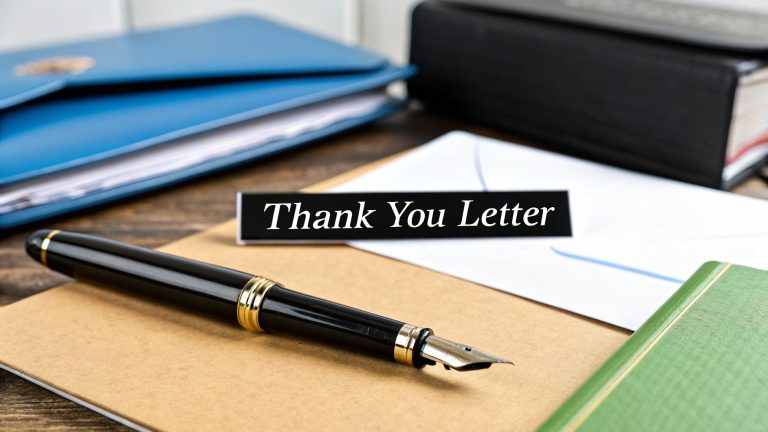Introduction to Letter Writing
Why Writing Letters Matters
Crafting a letter’s like unlocking a hidden jam session in human connection.
- Talking Without Speaking: Letters are like time travelers for your words, packing your feelings and messages for special delivery. Whether saying “thanks” or “hey, what’s up?” these notes hang onto that personal vibe that texting just can’t touch.
- Memory Lane: Those stacks of letters are your life’s playlist, reminding you of all the past chats, big choices, and milestone moments. Keep ’em close—they’re narrating your history, one page at a time.
- Blast from the Past: For folks digging up the past, letters are pure gold. They’re loaded with tales, ideas, and the heartbeats of people long gone, offering a window into their world.
How Letter Writing Has Changed
The journey of letter writing is like riding a roller coaster through history. Buckle up for a whirlwind tour:
- Old School: Way back when, letters were the original DM. Ancient civilizations like India, Egypt, and others were sending messages on stone tablets and papyrus. Even the Greeks were doing it, and Homer got in on the action in the Iliad.
- 18th-Century Groove: This era was the rock-star season for letters. Folks penned them not just for airing their thoughts but as their own form of artistic expression. The era also brought the birth of the letter-novel, a perfect blend of narrative and intimate correspondence.
- Today’s Mix: With phones blowing up our pockets, letters took a backseat but didn’t vanish. Even with emails and texts, that old-school letter’s charm still hits different, offering something warm and real.
So here we are, still writing, penning down for those times when an email just won’t cut it, especially in suits-and-ties settings.
| Time Period | Features of Letter Writing |
|---|---|
| Old School | Storytelling, info sharing, shout-outs; pops up in early texts |
| 18th-Century Groove | Personal musings; epistolary novels hit the scene; cultural significance |
| Today’s Mix | Sits alongside digital counterparts; keeps that heartfelt touch alive |
Elements of a Letter
Writing a letter, whether it’s all business or just for a chat, follows a format so your message gets across just right. The usual suspects of any letter are the heading, the body, and the wrap-up.
Heading of the Letter
Think of the heading as the “Hello, this is me” part of your letter. It shows who’s writing and when. Usually, it’s got your address and the date scribbled at the top. In business-land, you might throw in the receiving party’s address next.
Example of a Formal Letter Heading:
Your Name
123 Main St
Small Town, TX 12345
October 8, 2023
Jane Doe
Manager
Super Corp Inc.
456 Market St
Big City, NY 67890
Body of the Letter
Here’s your main stage! The body is where you spill all the beans, what you wanna say. Keep it simple and to the point so it’s easy to get what you’re on about. You’ll likely need a few paragraphs to hit all your topics just right.
Example Body Paragraphs for a Formal Letter:
Opening Paragraph:
Hey there! I'm reaching out to throw my hat in the ring for the Marketing Manager gig advertised on your website. With a decade of marketing under my belt and a relentless drive to hit goals, I'm pumped about the possibility of joining your crew.
Middle Paragraph(s):
At my last stop, XYZ Company, I was the brains behind marketing pushes that boosted customer attention by 30%. My savvy in digital marketing and cool head under fire make me a great pick for your team.
Closing Paragraph:
Thanks for taking a peek at my resume. I can't wait to chat about how I can bring my skills to the table and help smash your company's targets.
Closing of the Letter
The closing puts a neat bow on your letter. It’s your “see ya” moment, often using “Sincerely,” “Cheers,” or “Best,” followed by your sign-off.
Example of a Formal Letter Closing:
Best,
Your Name
Knocking out these basics ensures your letters hit home and work like a charm, whether you’re setting a formal tone or just catching up.
Formality in Letter Writing
Use of Contractions
When you’re drafting a formal letter, you want to steer clear of contractions. They’re often tagged as too casual. So, trade “can’t,” “won’t,” and “they’re” for “cannot,” “will not,” and “they are.” Sticking to full forms keeps your message clear, sharp and sounding professionally on point, dodging those little mix-ups negative sentences might cause. It’s all about clarity and formality here.
| Contraction | Formal Alternative |
|---|---|
| Can’t | Cannot |
| Won’t | Will not |
| They’re | They are |
Formal Language Usage
In formal writing, you usually want your language to sound a bit detached and precise. For instance, swap “I believe” for “It is believed” to keep it formal. Phrasing things this way nudges your writing into the realms of being more objective. It’s sort of like turning down the volume on personal input to crank up professionalism. Sometimes, using passive voice or adverbial clauses helps achieve that smooth, neutral tone.
For example:
- Personal Pronouns: “I think the results are significant.”
- Formal Alternative: “The results are considered significant.”
Adjusting Vocabulary for Formality
Pick your words wisely; they carry weight in setting the right tone. In formal writing, the vocabulary gets a classier twist. Like, replace “check out” with “investigate” or “examine” when you want to sound more polished and professional. Choosing your vocabulary wisely ensures what you write fits an academic or professional scene perfectly.
| Level of Formality | Example Words |
|---|---|
| Informal | Check out, Find out |
| Neutral | Research, Explore |
| Formal | Investigate, Examine |
Grasping the art of formality in letter writing boosts how you present yourself and nails your message home in a classy, clear-cut way.
Structure of a Formal Letter
Crafting a formal letter isn’t rocket science, but nailing its structure is key to getting your message across smoothly and professionally. Let’s break it down into bite-sized pieces, focusing on the parts you can’t leave out, how to start things off, and keeping it to the point.
Parts of a Formal Letter
A proper formal letter has some must-have components, each doing its bit to build a good impression:
| Part | Description |
|---|---|
| Header | This is where you stick your address and the date. |
| Inside Address | Where the other person’s address goes. |
| Salutation | Your “hello” in this context like “Dear [Title] [Last Name]”. |
| Body | The meat of the letter, split into paragraphs. |
| Closing | Sign it off with a polite “bye” like “Sincerely”. |
| Signature | Your scribbled name with the typed one underneath. |
Standard Salutations
The salutation is your first impression here. For a formal vibe, go with:
- Dear Mr. [Last Name]
- Dear Ms. [Last Name]
- Dear Dr. [Last Name]
If you’re in the dark about the name:
- Dear Sir/Madam
Nailing the right title and name keeps things respectful and polished.
Crafting a Clear Opening
To hit the ground running in your letter, start with a direct opening that tells them why you’re writing:
- Get to the point: Kick off by letting them know why you’re writing.
- Keep it simple: Ditch fluff in the opening.
Example:
Dear Ms. Johnson,
I am writing to inquire about the marketing manager position advertised on your company website.
This opening spells out the letter’s focus right away, keeping your communication tidy and on point.
Writing a Formal Letter
Body of the Formal Letter
Let’s get straight to it: The body of your formal letter is where you tell your story, lay out your requests, or spill the important beans. It’s like the meat in a sandwich—nobody wants a messy or confusing sandwich, right? Break it up into easy-to-digest sections, with each paragraph packing one main punch. Doing this helps whoever’s reading quickly get what you’re saying without scratching their head.
Here’s the game plan:
- Introduction: Quick hello, who you are, and why you’re writing.
- Main Content: Get into the nitty-gritty, like details or what you need.
- Conclusion Transition: Gently steer toward wrapping things up.
Example Structure:
Dear [Recipient's Name],
I'm reaching out to [say what you need].
To start with, [Main Point #1].
Then, [Main Point #2].
I hope this clears up [wrap up main idea].
Thanks for taking the time to read this.
Sincerely,
[Your Name]
Concluding a Formal Letter
Just as a chat can sometimes end with a handshake or promise, wrapping up your letter sums it all up and prompts any next moves. Your wrap-up should nod to what you’ve said and give the reader a polite nudge about what you want from them.
The Wrap-Up Recipe:
- Recap: Quickly revisit what you’ve talked about.
- Call to Action: Spell out what you’d like them to do next.
- Clean Conclusion: Keep it classy with “Sincerely,” “Best regards,” or “Yours truly.”
Example Conclusion:
To sum up, I'd be thankful for your swift attention to [highlight key points]. Please let me know if you get this letter and your next steps as soon as you can.
Thanks for your cooperation.
Best regards,
[Your Name]
Common Mistakes to Avoid
Nobody wants to flub their letters, so let’s dodge those blunders. Here’s your checklist for keeping it seasoned and sleek:
- No Slang or Shortcuts: This isn’t a text to your buddy—keep it polite without busting out the slang or abbreviations.
- Spelling and Grammar: Comb through your writing for slip-ups.
- Skip the Proofread? Nope: Always go back and read it again to make sure you didn’t miss anything.
Common Oopsies and What to Do:
| No-No | Fix It |
|---|---|
| Using “can’t” or “won’t” | Go with “cannot” or “will not” |
| Typos and Mishaps | Use spell-check, but give it a human read-over too |
| Slangy Farewells like “Bye” | Stick to “Sincerely” or “Best regards” |
Stick to these pointers and your letter won’t just read well—it’ll make you sound like you’ve got your acting together in the most professional way.
Proofreading in Letter Writing
Importance of Proofreading
Proofreading wraps up your writing process, catching those pesky typos, misspellings, and punctuation goofs before your letter sees the light of day. This last step is super important to keep your letter looking sharp and getting your point across. When your letters come out error-free, they’re more likely to be taken seriously and leave a good impression.
Basic Proofreading Skills
Everyone who writes letters, whether it’s for business or just saying hi to Aunt Sally, needs some basic proofreading skills. Check out these simple tricks to help tighten up your letter:
- Revise Thoroughly: Don’t skip the first step of giving your writing a good once-over. Make sure everything flows nicely.
- Step Away: Give yourself a breather. Coming back with fresh eyes lets you snag mistakes you didn’t notice before.
- Print the Letter: Looking at a hard copy can help those mistakes pop out more easily.
- Read Out Loud: It’s funny, but mouthing the words helps hear if something sounds off or too long.
- Leverage Tools: Online helpers like Grammarly catch those usual mess-ups.
Choosing a Proofreading Service
Picking out a proofreading service? Here’s what to keep in mind to get your money’s worth:
- What You Need: Figure out whether you need just proofreading or some editing tossed in there too.
- Expertise: Find someone familiar with your type of doc.
- Price Tag: Services charge in all sorts of ways—per word or per hour.
- Timing: Factor in how long the proofreading will take.
- Quality Check: Peek at reviews, maybe snag some samples to know they’re legit.
A quick-look table to help pick the right proofreading service:
| What to Check Out | Things to Think About |
|---|---|
| Service Type | Need proofreading or editing? |
| Specialization | Do they know your type of document? |
| Cost | Charging by word or hour? |
| Turnaround Time | Does it fit your schedule? |
| Quality and Reliability | Check reviews and samples. |
Getting your letter ship-shape with proofreading not only cleans up the errors but boosts its overall impact and professionalism.




